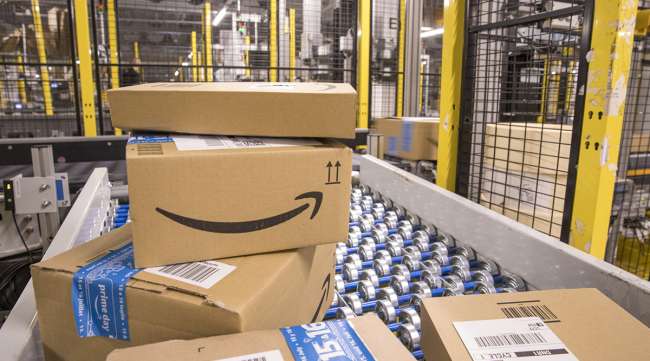Data Suggests Amazon Customers Not Sold on Prime

[Stay on top of transportation news: Get TTNews in your inbox.]
Internet searches for “Canceling Amazon Prime” were 18 times higher July 15 — the beginning of Amazon.com’s two-day sale — than the previous day, according to search engine monitoring firm Captify. The data suggest shoppers want to snatch up discounted gadgets and appliances without making a long-term commitment to the world’s biggest online retailer.
“If Amazon is hoping to use Prime Day as a way to sign up and retain new Prime members, they might need to rethink their retention plan,” Captify said in a statement. “According to search, consumers are signing up for Prime, getting their deals and then canceling membership shortly after.”
Shoppers are projected to spend $5.8 billion on Amazon over the two days, according to an estimate from Coresight Research. The e-commerce giant launched Prime Day in 2015 as a way to lure new Prime members, who pay fees in exchange for shipping discounts and other perks such as video streaming.
Analysts estimate Amazon’s Prime member retention rate is more than 90%, better than Costco Wholesale Corp. The Seattle-based company has used a variety of tactics to try to find additional subscribers. For example, Amazon offers monthly memberships to attract those who don’t want to join for a year.
The average Prime member spends $1,400 a year on Amazon, more than double the $600 spent by shoppers who aren’t Prime members, according to Consumer Intelligence Research Partners. The firm estimates Amazon has 103 million Prime members in the United States.
Captify based its estimate on searches by 2.2 billion global consumers using computers, voice-activated devices and smartphone apps.




